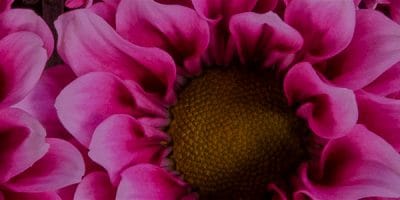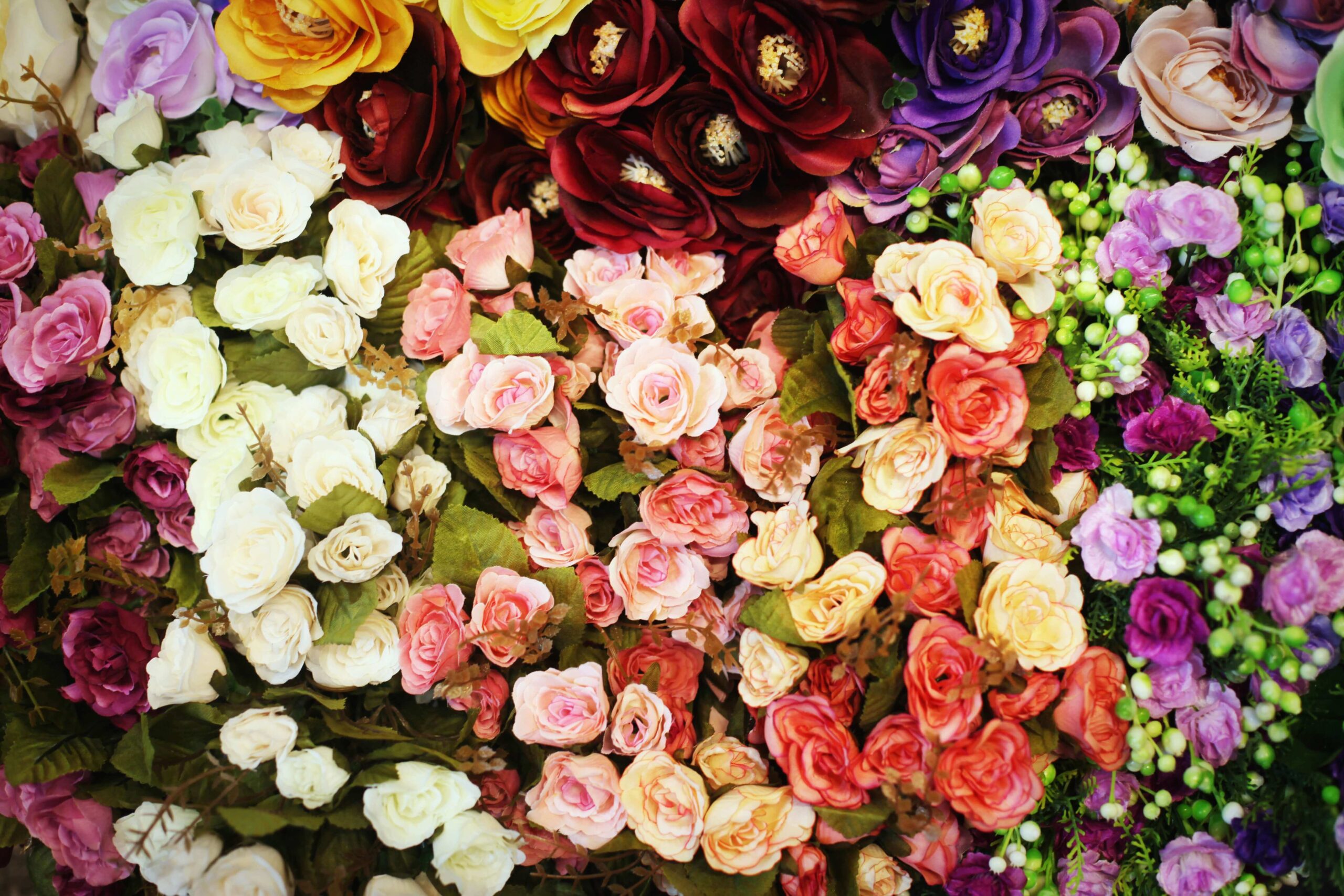Gurupurab / Guru Nanak Jayanti: Significance and History Behind Guru Nanak Jayanti

A festival that marks the birth of Guru Nanak, the first of the ten Sikh gurus, Gurupurab is a festival that is steeped in spirituality.
Significance and History
Guru Nanak Jayanti is celebrated every year to mark the birthday of the first guru and founder of Sikhism, Guru Nanak. It is celebrated on the full moon day in the holy month of Kartik, usually falling in November. Arguably one of the most important days for the Sikh community, Gurpurab is a festival that is celebrated over three days. The name comes from “Gur” meaning Guru or master and “Purab” meaning day in Hindi and it is a day dedicated to the Guru. While this is celebrated for the other Sikh gurus as well, this one is celebrated on a larger scale as Guru Nanak introduced Sikhism. This year the festival falls on November 30. The mention of Gurpurab appears five times in the writings of Bhai Gurdas, written in the time of the fifth guru of the Sikhs, Guru Arjan Dev Ji. The cornerstone of the festival includes the reading of the Guru Granth Sahib, the holy book of the Sikhs.
Spiritual Sojourn
The three-day festivities start two days before the actual birthday when Akhand Path is performed in the Gurdwaras. This involves reading the Guru Grath Sahib continually without a break for 48 hours and devotees take turns to read so that there is no interruption. One day before the birthday, a procession is organized where a palanquin carrying the Guru Granth Sahib is carried by the five beloved ones or panj pyaras holding Sikh flags who are believed to be the people who have shaped the religion. This is called Nagar kirtan. The five people are followed by devotees who sing hymns while brass bands play various tunes. The ‘Gatka’ or martial art teams show their skills in swordsmanship, and the percussionists sing the chorus. This procession usually traverses through the main streets of the town which are covered with colourful decorations. The main intent of the procession is to spread the message of Guru Nanka’s teachings to a larger community.
The actual day of Gurpurab begins early in the morning at about 4:00 am when the Asa-di-Var or morning hymns are sung. This is followed by hymns from the Sikh scriptures and Katha that involves reading from the holy scripture and lectures and recitation of poems in praise of the Guru. Karah Prasad, a dessert made with whole wheat flour is distributed to all visitors. The festival is also about food and a special Langar (community kitchen) is served on the day of Gurpurab. Food is served to all irrespective of their religion, creed or caste. The food is cooked in the Gurudwara’s community kitchen itself. Some Gurdwaras also have prayer sessions in the night and Rehras or the evening prayer is recited close to sunset. Kirtan is part of the festivities too which involves singing holy verses and this goes on till late in the night.
A Kavi-darbar or poetic symposium is also held where poets pay their tributes to the Guru in their own verses. At about 1:20 a.m. which is the actual time of the birth of Guru Nanak is when the congregation starts singing Gurbani or the hymns from the Guru Granth Sahib and the celebrations typically end by 2:00 a.m.
Life Lessons
The festival is celebrated widely in Punjab and Haryana. The Golden Temple in Amritsar wears a festive look on Gurpurab being the center of the activities. Gurpurab is also a festival that reinforces the key message of Guru Nanak which laid emphasis that one must overcome five vices namely lust, greed, attachment, anger and pride. Instead the focus should be on selfless service to God. In fact, he preached the concept of naamsimran or constantly remembering God as the only way to liberation. The Sikhs also refer to Prakash Utsav, which means ‘birth of light’ as they believe that this is the day Guru Nanak brought enlightenment to the world.
The Guru Granth Sahib is usually covered with a cloth on which flowers are placed and the Golden temple is lit up and decorated with flowers too. Again, the connection of flowers with the festivities is hard to miss on Gurpurab too. Guru Nanak always extolled the fact that there is only one God, and anyone can have direct access to God without the need for rituals or priests. Truer words have probably never been spoken.





